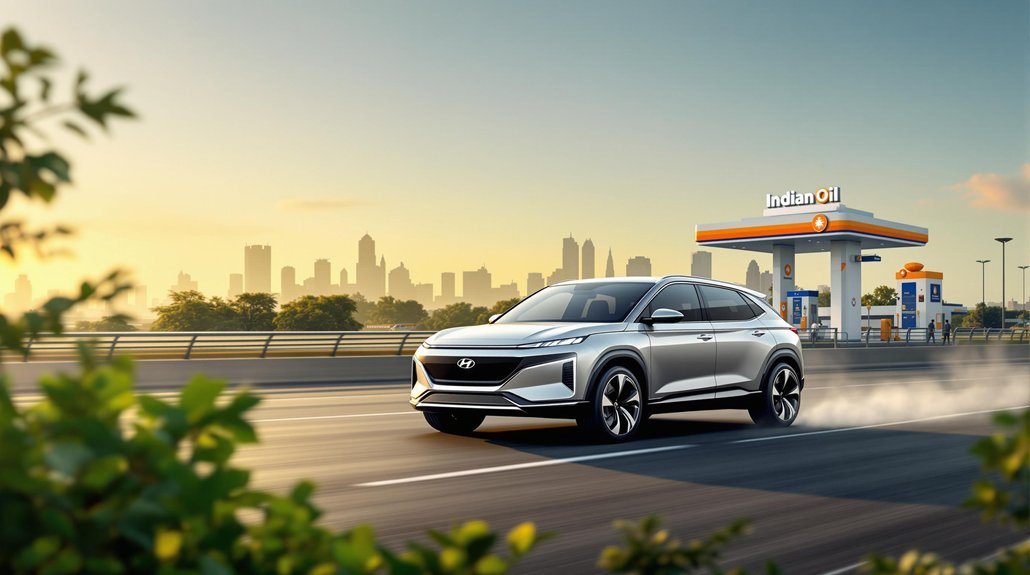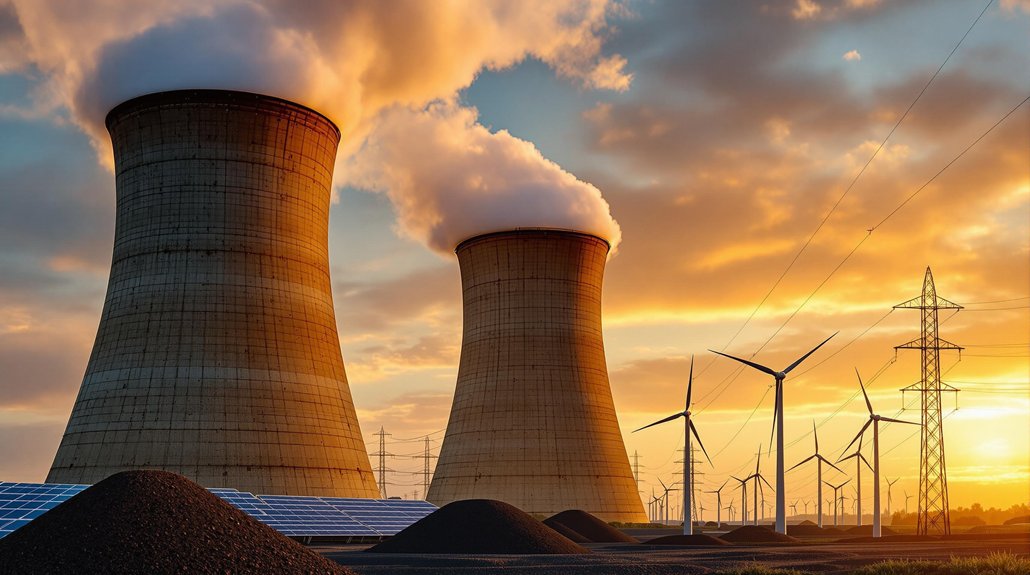India’s commitment to reach net-zero emissions by 2070 centers on ambitious renewable energy expansion. The plan includes building 500 gigawatts of non-fossil electricity capacity by 2030 and deriving 50% of energy from renewable sources. Despite heavy coal dependence, India aims to phase out coal power by 2060. The shift faces significant challenges including grid management and funding shortages. International support will be essential for this developing nation’s climate journey.
As world leaders continue to address climate change challenges, India has positioned itself as a key player by announcing its ambitious net-zero emissions target for 2070. This commitment, made at the COP26 climate summit, forms the fifth pillar of India’s “Panchamrit” climate pledge, which outlines both short-term and long-term climate goals.
The Panchamrit pledge includes expanding non-fossil electricity capacity to 500 gigawatts by 2030. That’s a massive amount of clean energy that would help India get at least half of its total energy from renewable sources within the next decade. The country also plans to reduce carbon emissions by 1 billion tons and cut the carbon intensity of its economy by 45% by 2030.
To reach net-zero, India’s emissions must peak between 2040 and 2045, followed by a rapid decline. The plan requires phasing out the entire coal power sector by 2060, which won’t be easy. Coal is still central to India’s energy security and economic growth. India remains heavily dependent on coal, which contributes to 40% of emissions and provides 72% of electricity generation. Solar PV is expected to play a crucial role, as global trends show it will account for half of the increase in electricity demand through 2027.
India’s path to carbon-neutrality faces a critical coal dilemma—balancing energy security with climate necessities.
India has made good progress in adding renewable energy capacity since 2015. Solar and wind power are expected to play major roles in reaching the 500 GW target. But challenges remain, including the need for better grid systems and energy storage to handle variable renewable power. India’s first Long-term Strategy for Low Carbon Development, submitted at COP27 in 2022, outlines sector-specific action areas but lacks detailed policy guidance.
The net-zero vision must support India’s economic growth and development needs. The country sees manufacturing-led growth as compatible with going green if managed properly. Investments in technology, research, and sustainable infrastructure will be essential.
India’s success matters globally. Its path to net-zero is critical for keeping global warming below 1.5°C. The country’s efforts could influence carbon markets worldwide and speed up clean energy innovation. If India succeeds, it will show how large developing economies can balance growth with climate goals.
The plan faces challenges like data gaps and funding shortages, but international support could help overcome these hurdles.








